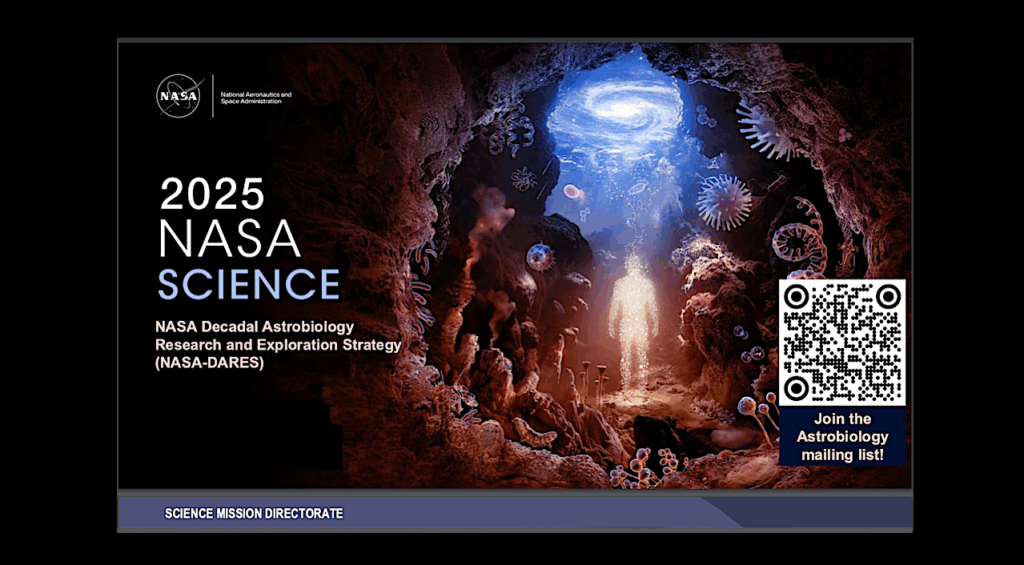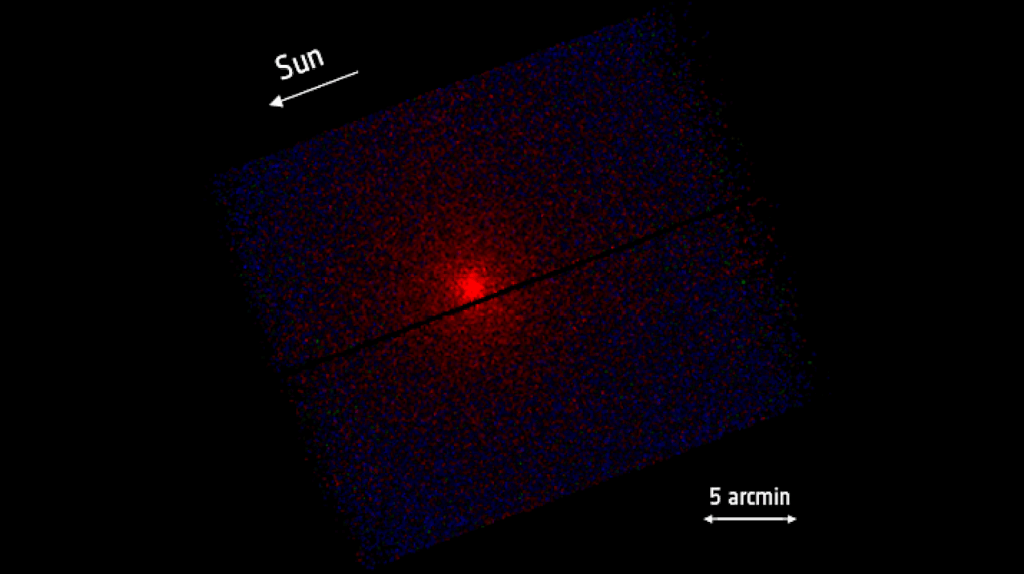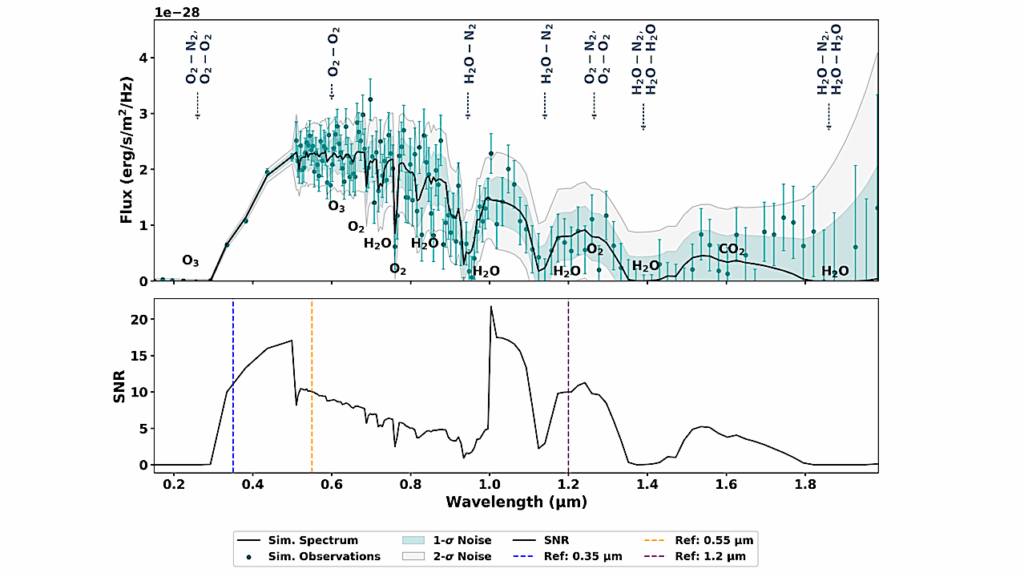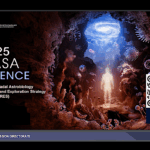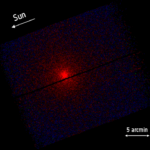Now Reading: Simultaneous Evolutionary Fits for Jupiter and Saturn Incorporating Fuzzy Cores
-
01
Simultaneous Evolutionary Fits for Jupiter and Saturn Incorporating Fuzzy Cores
Simultaneous Evolutionary Fits for Jupiter and Saturn Incorporating Fuzzy Cores
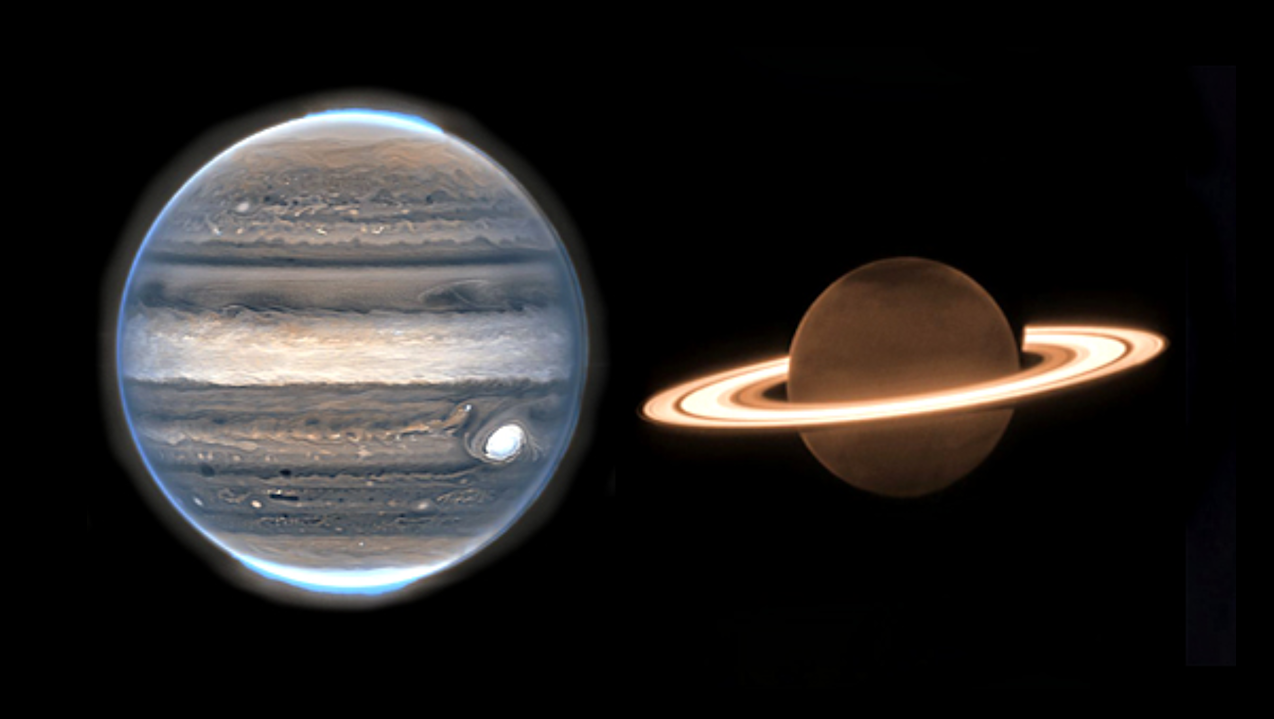

Jupiter and Saturn as seen in near-infrared by the JWST. (NASA, ESA, CSA, STScI)
With the recent realization that there likely are stably-stratified regions in the interiors of both Jupiter and Saturn, we construct new non-adiabatic, inhomogeneous evolutionary models with the same microphysics for each that result at the present time in respectable fits for all major bulk observables for both planets.
These include the effective temperature, radius, atmospheric heavy-element and helium abundances (including helium rain), and the lower-order gravity moments J2 and J4. The models preserve from birth most of an extended “fuzzy” heavy-element core. Our predicted atmospheric helium mass fraction for Saturn is ~0.2, close to some measured estimates, but in disagreement with some published predictions.
To preserve a fuzzy core from birth, the interiors of both planets must start out at lower entropies than would be used for traditional “hot start” adiabatic models, though the initial exterior mantle entropies can range from hot to warm start values.
We do not see a helium ocean in Saturn’s interior, and both models have inner envelopes with significant Brunt-Vaisala frequencies; this region for Saturn at the current epoch is more extended and in it, the Brunt is larger.
The total heavy-element mass fraction in Jupiter and in Saturn is determined to be ~14% and ~26%, respectively, though there is some play in these determinations.

The best fit evolutionary model for Saturn with an initial fuzzy core that matches its current values of the effective temperature, equatorial radius, atmospheric helium abundance, outer envelope metallicity, Brunt-V¨ais¨al¨a frequency, and gravitational moments within observational uncertainties. The initial outer entropy is 7.9 kB/baryon, while the interior entropy ∼ 6.2 kB/baryon. The panels are the same as in Figure 3: (top left) evolution of the temperature profile; (top middle) evolution of the helium mass fraction (Y ) profile; (top right) evolution of the effective temperature and equatorial radius; (bottom left) evolution of the entropy profile; (bottom middle) evolution of the Z profile; and (bottom right) evolution of the gravitational moments J2 and J4. This model contains 25 M⊕ of heavy elements, including a compact core of 4 M⊕. The outer metallicity starts at 2.0 Z⊕ and increases to 4.57 Z⊕. Helium rain begins at 0.92 Gyr, based on the LHR0911 miscibility curve with a +410 K temperature shift that also fits our Jupiter model, resulting in outer helium depletion to Yatm ∼ 0.205, consistent with Conrath & Gautier (2000); Koskinen & Guerlet (2018) (shown by the pink shaded region in top middle panel). The top left panel shows the miscibility curve and helium rain region. The Brunt-V¨ais¨al¨a ratio of approximately 1.7 at 4.56 Gyr, closely aligning with the value of 2 predicted by Mankovich & Fuller (2021), is shown in the bottom left panel. Similar to Mankovich & Fuller (2021), whose stably stratified region extends to 0.6 Saturn radii, in order to match Saturn’s current observables best our model finds that the stable region extends to 0.5 RSat. — astro-ph.EP
Ankan Sur, Roberto Tejada Arevalo, Yubo Su, Adam Burrows
Comments: 12 pages, 4 figures, submitted to The Astrophysical Journal Letters
Subjects: Earth and Planetary Astrophysics (astro-ph.EP); Instrumentation and Methods for Astrophysics (astro-ph.IM); Solar and Stellar Astrophysics (astro-ph.SR)
Cite as: arXiv:2412.17127 [astro-ph.EP](or arXiv:2412.17127v1 [astro-ph.EP] for this version)
https://doi.org/10.48550/arXiv.2412.17127
Focus to learn more
Submission history
From: Ankan Sur
[v1] Sun, 22 Dec 2024 18:34:09 UTC (456 KB)
https://arxiv.org/abs/2412.17127
Astrobiology, Astrogeology,
Stay Informed With the Latest & Most Important News
Previous Post
Next Post
-
 012024 in Review: Highlights from NASA in Silicon Valley
012024 in Review: Highlights from NASA in Silicon Valley -
 02Panasonic Leica Summilux DG 15mm f/1.7 ASPH review
02Panasonic Leica Summilux DG 15mm f/1.7 ASPH review -
 03From Polymerization-Enabled Folding and Assembly to Chemical Evolution: Key Processes for Emergence of Functional Polymers in the Origin of Life
03From Polymerization-Enabled Folding and Assembly to Chemical Evolution: Key Processes for Emergence of Functional Polymers in the Origin of Life -
 04How New NASA, India Earth Satellite NISAR Will See Earth
04How New NASA, India Earth Satellite NISAR Will See Earth -
 05And Thus Begins A New Year For Life On Earth
05And Thus Begins A New Year For Life On Earth -
 06Astronomy Activation Ambassadors: A New Era
06Astronomy Activation Ambassadors: A New Era -
07SpaceX launch surge helps set new global launch record in 2024












